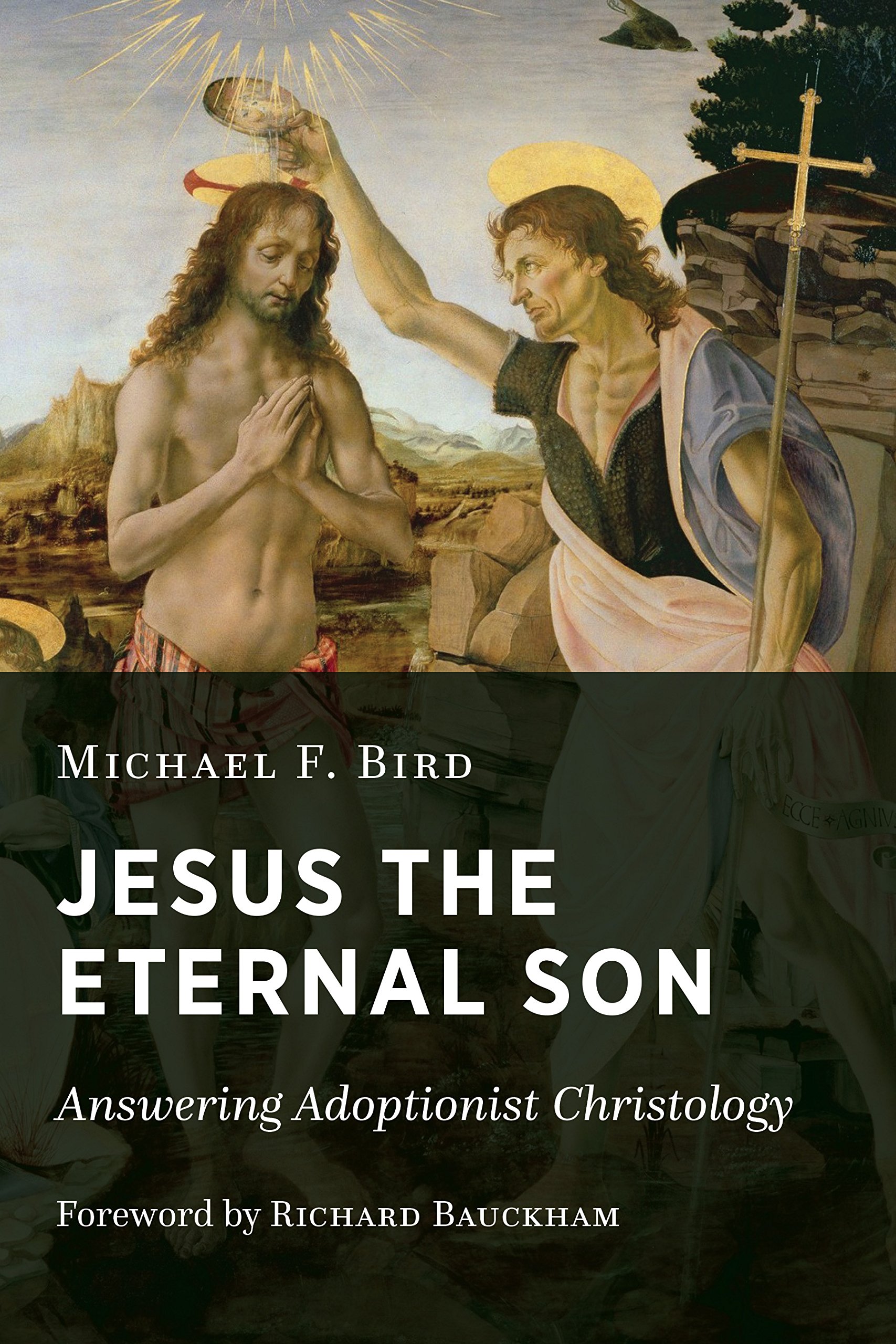A Brief Book Summary from Books At a Glance
By Steve West
About the Author
Michael F. Bird is lecturer in theology at Ridley College in Melbourne, Australia. His previous books include An Anomalous Jew: Paul among Jews, Greeks, and Romans, and The Gospel of the Lord: How the Early Church Wrote the Story of Jesus.
Introduction
In this book, Michael Bird presents a succinct and informed survey of the origins of adoptionist Christology. He argues that the main texts used to support adoptionism do not actually teach it, and that adoptionism fails to be an adequate Christological formulation of the New Testament data. Bird argues that on the basis of the extant manuscript evidence, full-fledged adoptionism did not emerge until the late second century.
Table of Contents
Foreword: Richard Bauckham
Preface
Chapter 1 Christology and Christian Origins
Chapter 2 Appointed the Son of God by Resurrection from the Dead
Chapter 3 The Gospel of Mark, Monotheism, and Deification
Chapter 4 The Gospel of Mark and the Son of God
Chapter 5 How Jesus Got Adopted in the Second Century
Chapter 6 Adoptionism: Then and Now
Summary
Chapter One: Christology and Christian Origins
Early Christology was forged out of a complex set of ideas and experiences. The early church’s view of Jesus was multifaceted, but too many scholars have confused differing emphases with contradictory Christologies. Jesus was identified with God, and he was seen as the risen and exalted Lord. There was continuity between his earthly life and his ascension to reign. We must not exaggerate the unity and suggest that the early church only had one fully formed Christology, but we can speak of the church’s christologizing, as it worked through common patterns of reflection. Heretical Christologies were rejected because they lacked scriptural warrant, they were theologically incoherent, and they led to harmful practical consequences. In the second and third centuries, one persistent heresy was adoptionism. Rather than maintaining the Son’s eternal sonship, adoptionism held that there was a time when Jesus was not the Son. He was said to be adopted into sonship at a moment in time—usually either at his birth, or baptism, or at the resurrection. Adoptionism made sonship honorific rather than about the Son’s natural ontology: it was a legal fiction, even if Jesus was raised to divine status. Many NT scholars today believe that adoptionism represents the earliest Christology, and that it was supplanted by incarnationism later on. This book argues that the earliest Christology was incarnational, and that adoptionism arose in the second century.
Chapter Two: Appointed Son of God by Resurrection from the Dead
It is commonly argued that Jesus was a human being who was appointed or made the Son of God by the resurrection. Key textual evidence for this position is taken from Romans 1:3-4, and several passages in the Book of Acts. Romans 1:3-4 is the most important text for this discussion. It is an early creedal statement, but these types of statements were not trying to present exhaustive theological statements. It affirms that Jesus is a descendant of David and the bearer of the title “Lord.” Adoptionists claim that Jesus was merely a human descendant of David, and that at his resurrection he was adopted as the Son of God. The text could, however, also be teaching a transition from one stage of divine sonship to another, through the resurrection. This interpretation is supported by the fact that the Son of David, the Messiah, was already conceptually identified with the Son of God. Through the resurrection, Jesus the Son enters into the fullness of power. Paul sees Jesus as the eternal Son who entered into sonship in the flesh as the descendant of David, and was then appointed the glorious Son in power through the resurrection. He does not become. . .
[To continue reading this summary, please see below....]The remainder of this article is premium content. Become a member to continue reading.
Already have an account? Sign In
Buy the books

Jesus the Eternal Son: Answering Adoptionist Christology